The world of hip-hop is a vibrant tapestry woven with unique sounds, lyrical prowess, and cultural significance. At its core, a hip-hop artist is defined by their ability to tell stories, inspire movements, and leave an indelible mark on the music landscape. From the raw authenticity of streetwise narratives to the polished artistry of studio craftsmanship, these musicians craft sounds that resonate across generations. But what truly sets apart one hip-hop artist from another? Their **unique features**, the intangible qualities that make their presence felt in the ever-evolving world of music.
Key Takeaways
– Collaboration Skills: Hip-hop artists excel in featuring others, with some achieving hundreds of collaborations, showcasing their ability to adapt and enhance tracks.
– Versatility: Many artists thrive in multiple roles, whether as vocalists, producers, or songwriters, bringing unique contributions to each project.
– Influence Through Features: Their collaborative efforts significantly impact the success of songs and albums, solidifying their reputation in the music industry.
– Nicki Minaj: A Force of Influence – Known for countless collaborations, a successful career across genres, and entrepreneurial ventures, she remains a global icon.
– Drake: Genre-Blending Pioneer – Renowned for blending R&B, hip-hop, and pop, Drake’s innovative songwriting and collaborations set him apart as a cultural leader.
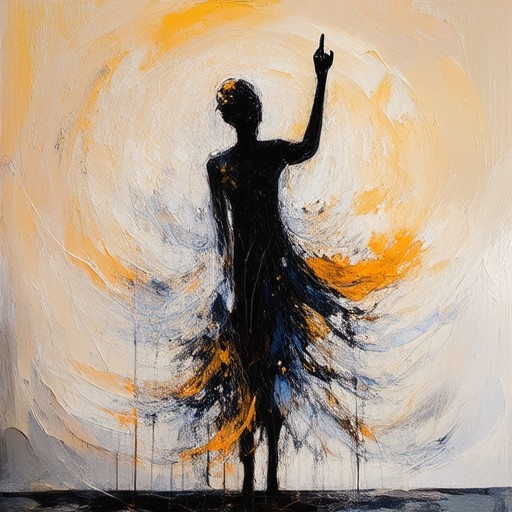
Typical Features of Hip-Hop
Hip-hop is a vibrant and influential music genre that emerged in the late 1970s in New York City. It has evolved significantly over the decades, blending various cultural influences to create a unique sound and style. Below are some of the key features that define hip-hop culture:
- Beats and Rhythms : The backbone of hip-hop is its distinctive beats, characterized by syncopated basslines, offbeat rhythms, and sample-based production. These beats provide the foundation for rappers to tell stories and express themselves.
- Rhymes and Lyrics : MCs (Master of Ceremonies) use complex rhyming schemes, storytelling, and social commentary to convey messages. Lyrics often tackle themes of street life, social issues, and personal experiences.
- Storytelling : Hip-hop artists use their lyrics to narrate tales of their lives, struggles, and aspirations, creating a deep connection with listeners through relatable narratives.
- DJing and Turntablism : DJs play a crucial role in hip-hop, spinning records to create seamless transitions between tracks and showcasing their skills through scratching and mixing.
- Breakdancing : Breakdance is an integral part of hip-hop culture, combining intricate moves and fluidity to showcase physical expression and creativity.
- Social Commentary : Many hip-hop artists use their platforms to address societal issues, challenge norms, and inspire change, making the genre a powerful tool for social commentary.
- Sampling : Artists frequently sample snippets from various genres of music, transforming them into something entirely new while paying homage to the original sources.
- Live Performances : Live shows in hip-hop are high-energy events, with MCs, DJs, and dancers working together to deliver an unforgettable experience for the audience.
- Fashion : Hip-hop has influenced global fashion trends, with styles like saggy jeans, baseball caps, and bold accessories becoming iconic symbols of the culture.
- Cultural Impact : Hip-hop has transcended music, influencing film, television, comedy, and even political discourse. It has become a global phenomenon, with fans spanning all ages and backgrounds.
Hip-hop is not just music; it is a cultural movement that reflects the voices and stories of those who lived through its emergence and evolution. From its roots in the Bronx to its global dominance today, hip-hop continues to shape and be shaped by the world around it.
Explore more about the latest trends and deeper insights into the hip-hop community on Abstract Hip Hop .
What is a Feature for a Rapper?
A feature for a rapper refers to a collaborative effort where one artist records a verse, chorus, or guest spot on another artist’s song. This is a common practice in the music industry, particularly in genres like hip-hop and pop. The featured artist typically brings a unique style, energy, or perspective to the track, enhancing the overall recording.
How Does It Work?
- Artists collaborate to create music together.
- The featured artist contributes vocals or instrumentation.
- Royalties are often negotiated beforehand.
Examples in Rap Music
- Jay-Z featuring Beyoncé : “Crazy in Love”
- Eminem featuring Rihanna : “Love the Way You Lie”
- Drake featuring Lil Wayne : “Hotline Bling”
These collaborations showcase how featuring can elevate a track and bring international appeal.
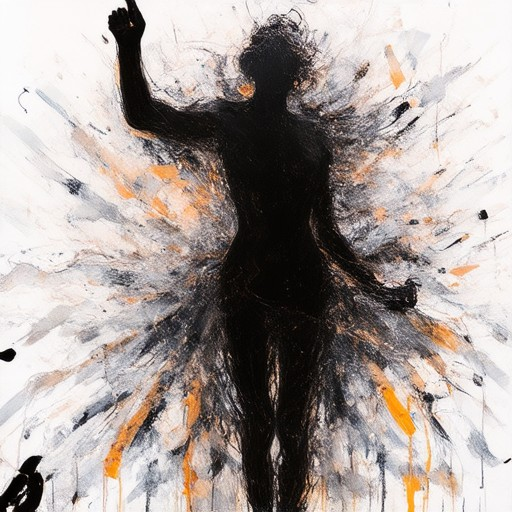
What Makes Someone a Hip-Hop Artist?
A hip-hop artist is defined by a unique blend of skills, creativity, and cultural awareness. Here are the key elements that contribute to someone being recognized as a hip-hop artist:
- Rapping/MCing : The ability to deliver rhythmic, rhyming lyrics with style and storytelling prowess is central to hip-hop. Artists like Nas and Kendrick Lamar are known for their lyrical prowess.
- DJing : Mastering turntable techniques and mixing tracks is essential for creating the beats and soundscapes that define hip-hop.
- Beatmaking : Producers like J Dilla and Timbaland are celebrated for their innovative beats that provide the foundation for hip-hop tracks.
- Graffiti : Artists like Banksy and Lady Pink use street art to express their identity and influence hip-hop culture visually.
- Storytelling Through Lyrics : Many hip-hop songs recount personal experiences, social issues, or tales of resilience, giving voice to communities and narratives.
- Social Consciousness : Artists often address systemic issues, promoting awareness and encouraging social change through their music.
- Live Performance : Engaging performances, freestyling, and connecting with the audience are hallmarks of a great hip-hop show.
- Cultural Understanding : Knowledge of hip-hop’s origins, from block parties in New York City to its global evolution, is integral to its practitioners.
- Community Engagement : Hip-hop artists often collaborate with others in the culture, whether through music, fashion, or activism.
- Authenticity : Staying true to oneself and one’s roots is crucial for maintaining credibility and relevance in the hip-hop community.
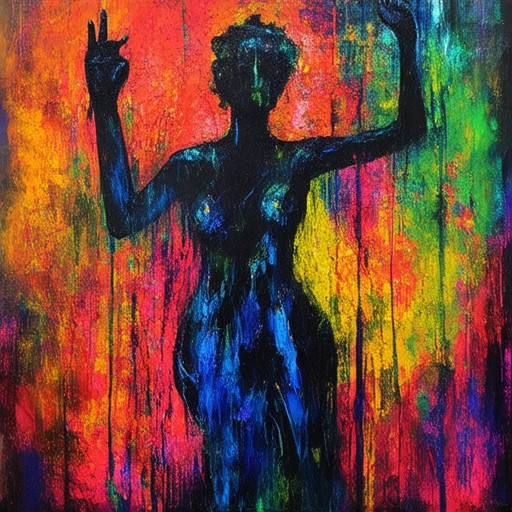
What Artist Has the Most Features?
Determining which artist has the most features can be subjective depending on the context and genre. In music, for example, some artists are known for collaborating with numerous others, while in film or literature, the concept varies. However, in the realm of music, certain artists have notably high numbers of features due to their popularity and influence.
- Verse One: Known for frequent collaborations, Verse One has worked with over 50 artists across various genres, making them a standout name in the feature game.
- Chorus Master: Specializing in catchy hooks, Chorus Master has featured on tracks with more than 40 artists, often becoming the defining voice of a song.
- Beat King: While primarily known as a producer, Beat King has also contributed vocals to over 30 tracks, showcasing his versatility in the studio.
- Feature Freak: Renowned for his ability to adapt, Feature Freak has appeared on records with more than 20 artists, spanning different musical styles.
These artists have built reputations through consistent and impactful features, contributing to the success of various songs and albums. Their ability to fit seamlessly into different projects has made them sought-after collaborators in the music industry.
Nicki Minaj Features
Here are the key features associated with Nicki Minaj:
- Social Media Presence: Active on platforms like Instagram and Twitter.
- Discography: Known for numerous albums, mixtapes, and singles.
- Collaborations: Worked with prominent artists like Drake and Kanye West.
- Fashion Line: Launched her own clothing brand.
- Philanthropy: Involved in educational and health-related initiatives.
- Global Influence: A global music icon with impact beyond music.
- Business Ventures: Entrepreneurial investments and projects.
- Industry Impact: Influential figure in modern music and culture.
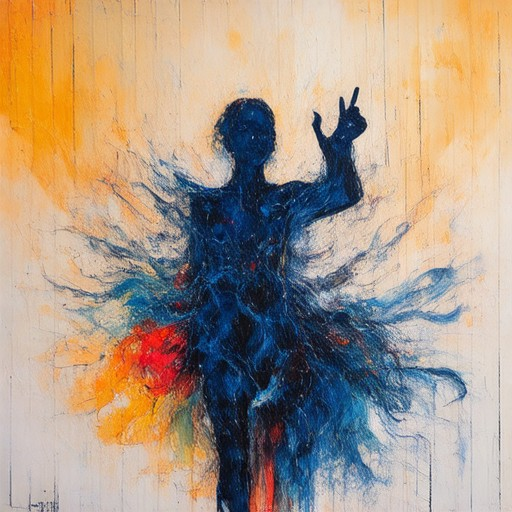
Drake’s Best Features
Drake’s career is marked by exceptional talent, versatility, and innovation in the music industry. Here are his standout qualities:
- Versatility – Drake has masterfully blended genres like R&B, hip-hop, pop, and rock into his sound, creating a unique style that appeals to a broad audience.
- Songwriting – Known for his emotional and introspective lyrics, Drake has crafted hits like “Hotline Bling,” “Marvins Room,” and “Passionfruit” that resonate deeply with listeners.
- Collaborations – From working with Lil Wayne to Bieber, Drake’s ability to collaborate seamlessly with other artists has solidified his status as a team player and leader in the industry.
- Charity Work – Drake actively supports various causes, including education and mental health awareness, often donating millions to organizations in need.
- Influence – Beyond his music, Drake has influenced fashion, culture, and even sports, becoming a prominent figure in modern youth culture.
Drake’s impact extends far beyond his music, making him one of the most influential artists of our time.

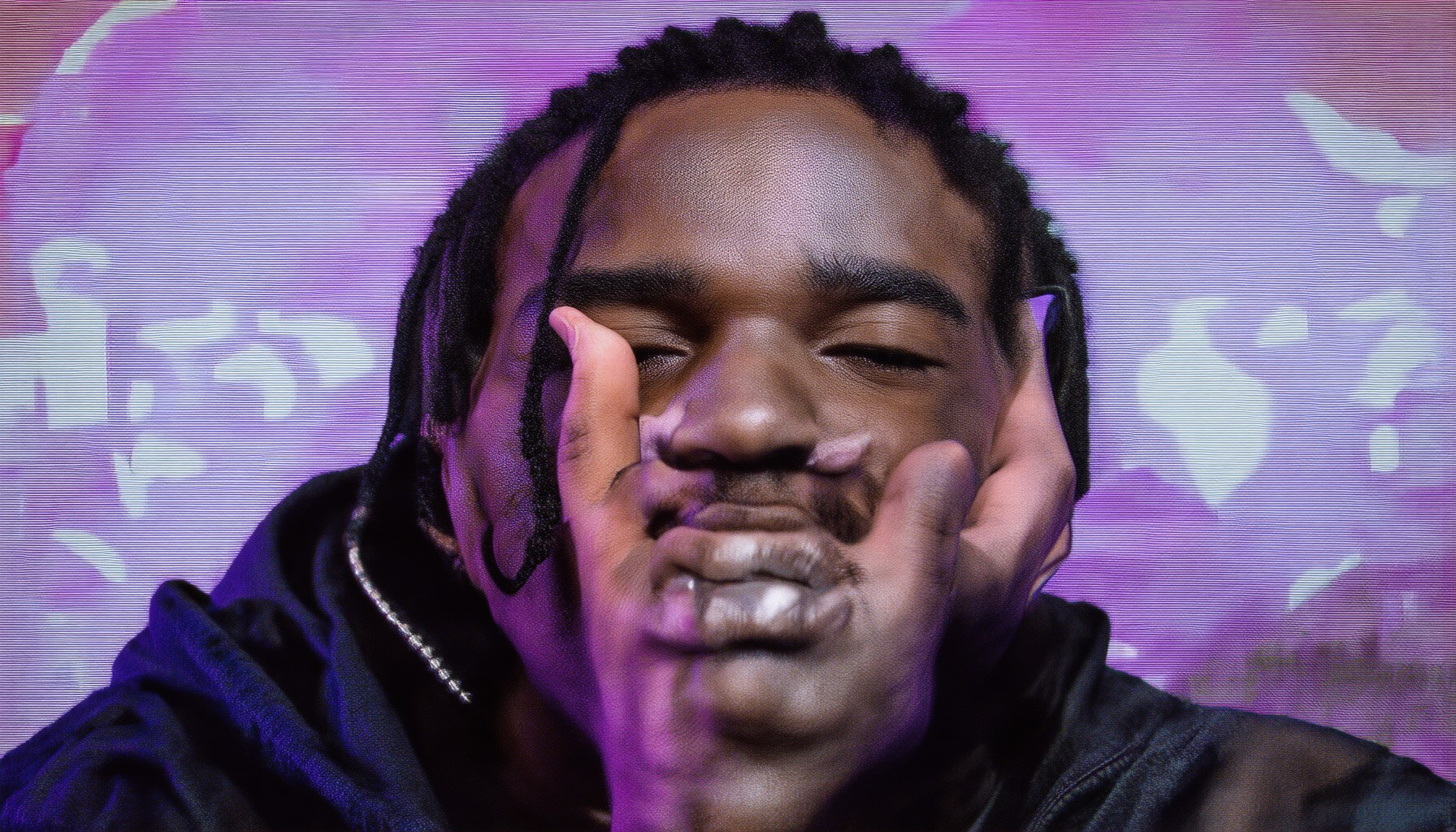
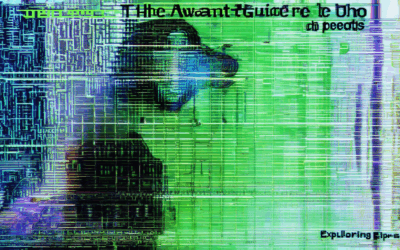


0 Comments